How Does Laundry Detergent Affect the Environment?
Updated Nov. 2 2020, 4:50 p.m. ET
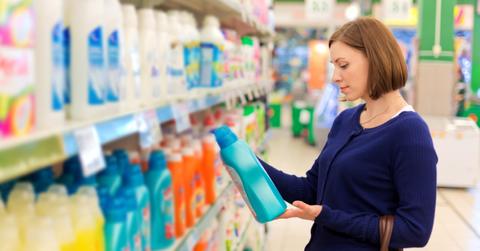
When we dump a capful of concentrated cleaning detergent into our laundry machine, we don’t really think much of it, especially not in an environmental sense. After all, as far as most of us are concerned, something as common and innocuous as laundry detergent couldn’t possibly be bad for the planet. Some brands even make a point to say so! Unfortunately, like so many man-made chemical inventions, detergent is far from completely harmless.
We learned this the hard way a few years back when kids started daring one another to eat Tide detergent pods. It was unsurprising, to say the least. More importantly, it shed a light on the potential toxicity of a product that many of us had clearly taken for granted.
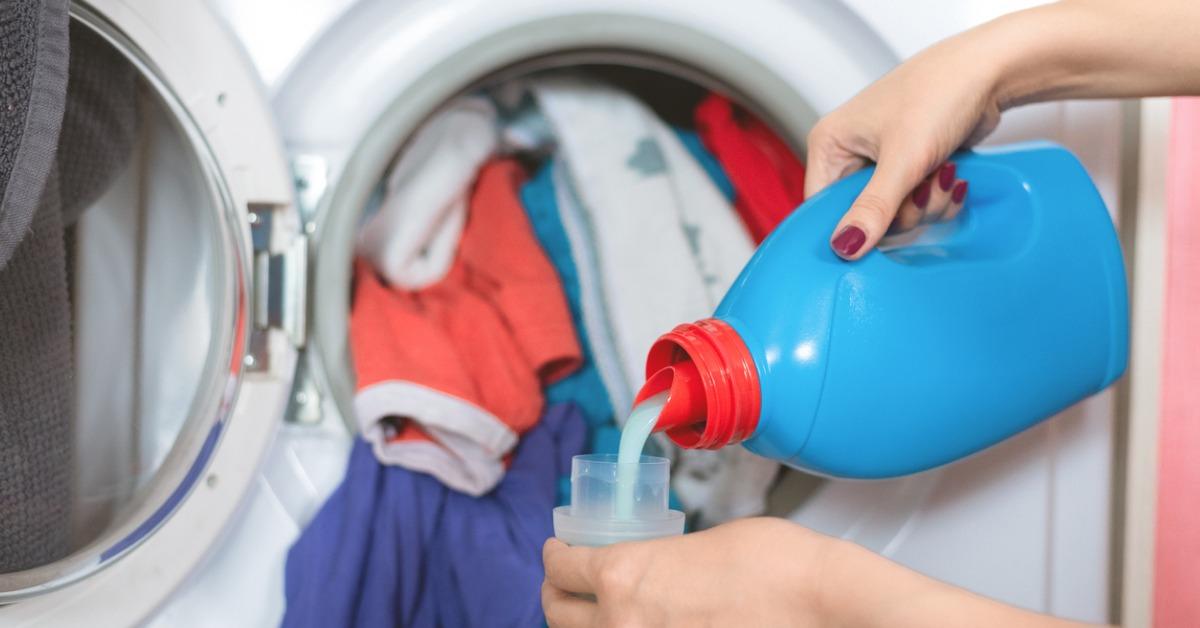
What are laundry detergents made from?
Detergents are hardly naturally occurring. Most of the most popular commercial brands are manufactured using synthetic chemical compounds. This makes them very different from soap, which is made from natural substances like lye and plant saponins. This makes sense, of course, as soap goes directly on the skin; laundry detergent does not.
Instead, laundry detergent is added to dirty laundry, where it does its job “lifting stains” and “preserving colors” before getting washed out, diluted, and sent down the drain with the wastewater from your washing machine. Unfortunately, the chemicals in these detergents can have a far-reaching environmental impact.
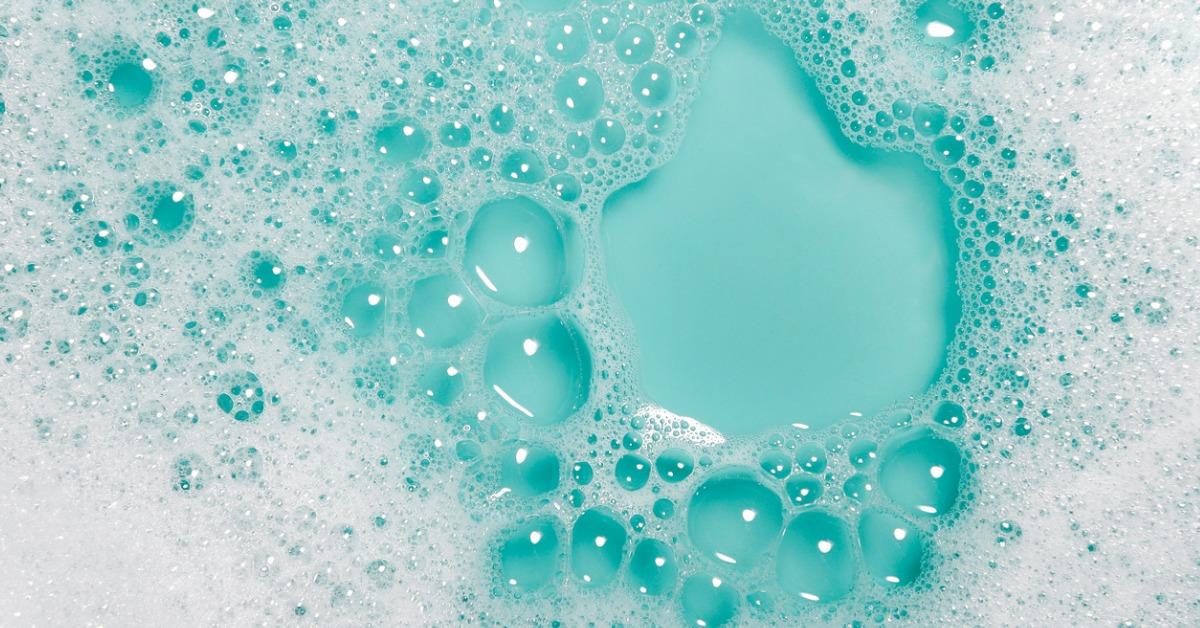
What are the environmental effects of detergents?
Detergents can contain several chemical compounds that have negative environmental effects. Phosphate-containing laundry or dish detergents can react adversely when they finally reach the water table. The nitrogen in these detergents reacts with phosphorus in the water, creating nutrients that stimulate the growth of algae in freshwater. According to Lenntech, a company from the Netherlands, this type of algae uses up the oxygen in the water in a process called eutrophication. Over time, this slowly depletes the oxygen in a body of water, ruining the ecosystem.
Other detergents contain surfactants, or surface-active agents, which are chemicals that reduce the surface tension of oil and water. For the detergent, these surfactants help dirt to “lift off” and stay out of clothing. The problem is, they also happen to be highly toxic to aquatic life. According to the U.S. Environmental Protection Agency (EPA), surfactants break down the mucus layer that coats fish, protecting them from parasites and bacteria.
They also reduce the surface tension of water, making it easier for waterways to absorb pollutants and pesticides. Heck, they don’t even break down well or dilute. Instead, surfactants only breakdown further into more toxic byproducts.
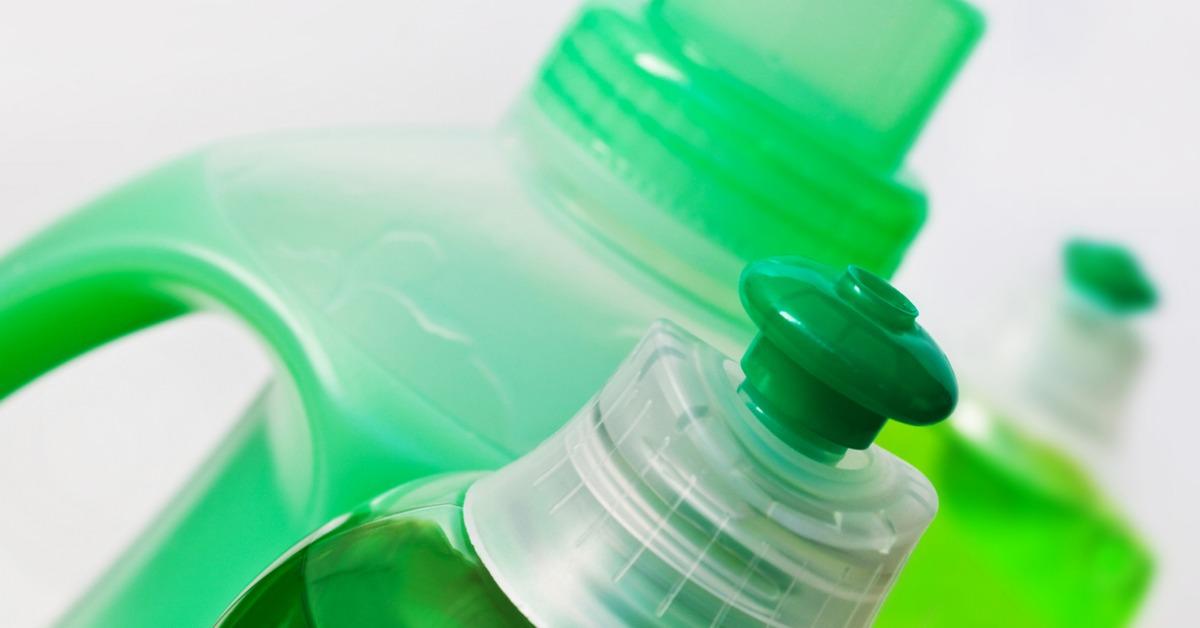
What are some other environmental consequences of detergents?
Besides the above-mentioned effects on aquatic life and ecosystems, laundry detergents come with a laundry list of other environmental problems. Though many companies are trying to do away with the thick, plastic containers, many detergents still come in non-reusable, non-recyclable packaging. Considering that detergent is a bi-weekly or monthly purchase by most American households, this means that hundreds of thousands of these containers are ending up in landfills every, single week, creating even more pollution.
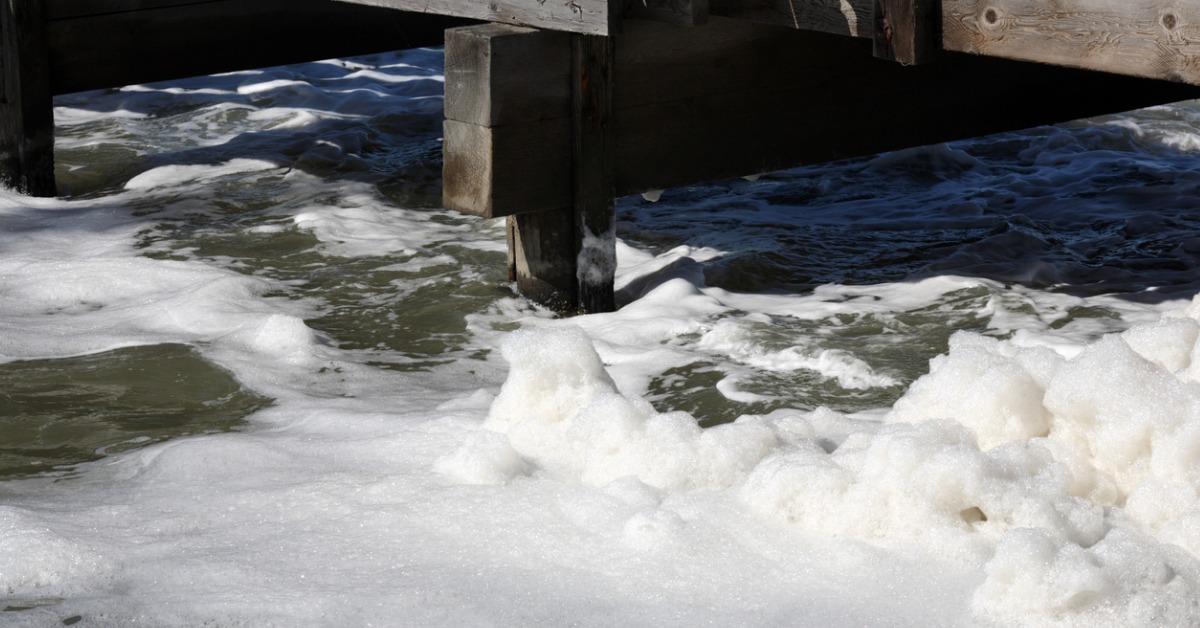
Are detergents toxic?
Detergents contain all sorts of chemical ingredients, many of which are considered even mildly toxic to people or pets. They can contain chlorine, phthalates, formaldehyde, and in some cases, something called 1,4-Dioxane. Found mostly in paints and varnishes, as well as detergents like Tide, the EPA considers this chemical solvent to be carcinogenic if ingested. High levels of the stuff have been known to vertigo, drowsiness, headache, anorexia, and irritation of the eyes, nose, throat, and lungs in humans. It’s also been known to cause cancer in some rats.
What are some natural detergents?
There are a number of green-friendly detergents on the market today, some of which are available in stores and on Amazon. Some of our favorites — which happen to feature zero-to-little plastic packaging — include Dropps, ECOSNext, Meliora, and Soap Nuts.